Plenary sessions

The line-up of the plenary speakers is outstanding and these events are wonderful opportunities to learn and to be inspired. The collective wisdom, perspective, and leadership experience of the five individuals will be a highlight of the conference week.
Five outstanding speakers have already confirmed their participation:
- Prof. Klaus Müllen, Max Planck Institute for Polymer Research, Mainz, Germany - E-MRS 5 Year Materials Impact Prize
- Prof. Maurizio Prato, University of Trieste, Italy - E-MRS 5 Year Materials Impact Prize
- Prof. Masaharu Shiratani, University of Kyushu, Japan
- Prof. Fabian O. von Rohr, University of Geneva, Switzerland - E-MRS EU-40 Materials Prize
- Prof. George Malliaras, University of Cambridge, U.K. - MRS Mid-Career Researcher Award
It's hard to imagine a richer offering of speakers. And that's the point of the plenary sessions: they provide a shared experience for all conference attendees.
Plenary sessions are a time for a break from the details of your week, a time to be stimulated and to reflect on the values that brought us to the field and that continue to motivate us each day.
Preliminary program
Tuesday May 30 from 8:45 to 9:45
08:45 - Welcome Address by E-MRS President
08:55 - Introduction - Thomas Ebbesen
09:00 - Maurizio Prato, University of Trieste, Italy - E-MRS 5 Year Materials Impact Prize recipient
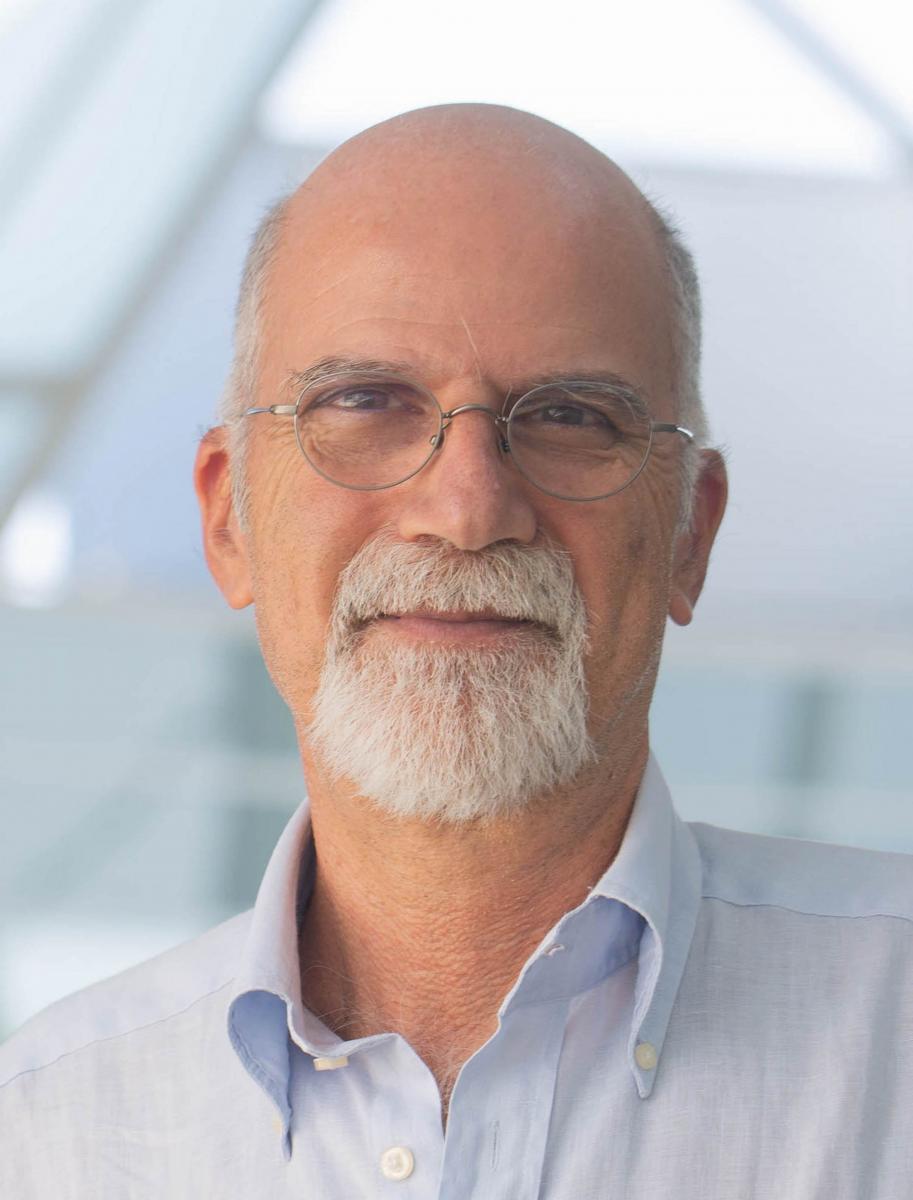 |
E-MRS 5 Year Materials Impact Prize recipient
Multifunctional Hybrid Interfaces for Energy and Maurizio Prato CIC BiomaGUNE, San Sebastián, Spain |
|
|
Nature adopts a formidable complexity of highly specialized components and structures to perform vital functions for us, our bodies, our well-being and our world. The biological construction of these components and their assembly is extremely complex and is susceptible to fatal errors, irreversible injury, aging to lethal degradation. To find alternatives to the fragility of biological structures, science has developed artificial systems able to implement and improve the natural systems. During this talk, we will describe our progress in two crucial fields: (1) the reconnection of nerves in spinal cord injuries, where carbon nanotubes can act as active substrates for nerve growth, and (2) the photo-electrocatalytic splitting of water for the production of "green hydrogen". |
||
Wednesday May 31 from 8:45 to 9:45
08:45 - Welcome Address by the Conference Organizers
08:55 - Introduction - Paolo Samori
09:00 - Klaus Müllen, MPI for Polymer Research, Mainz, Germany
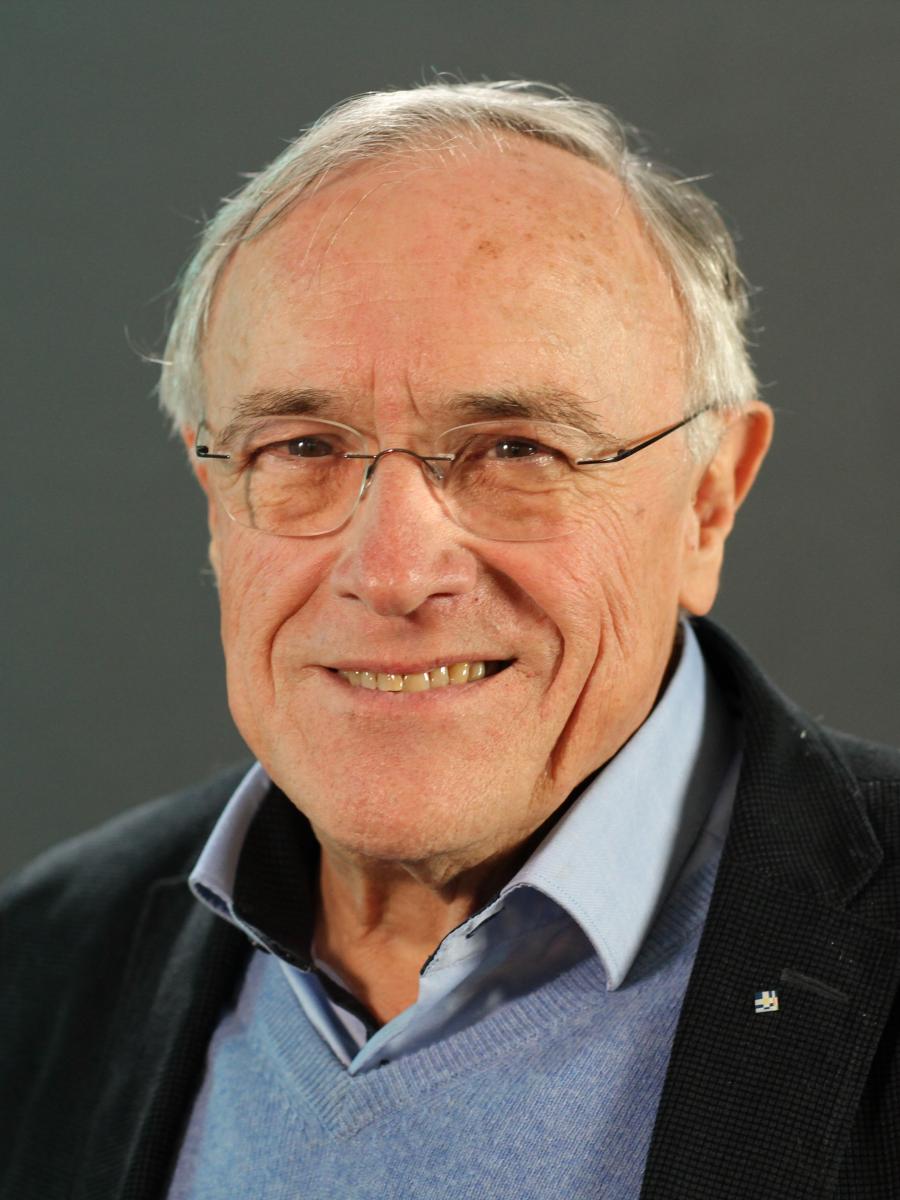 |
E-MRS 5 Year Materials Impact Prize recipient
Graphene Nanoribbons versus Graphene Klaus Müllen |
||
|
|||
Wednesday May 31 from 18:30 to 19:30
18:30 - Welcome Address by the Conference Organizers
- Introduction - T. Osman (MRS)
18:35 - George Malliaras, University of Cambridge - MRS Mid-Career Prize
19:00 - E-MRS Young Researcher Awards ceremony, followed by Social Event
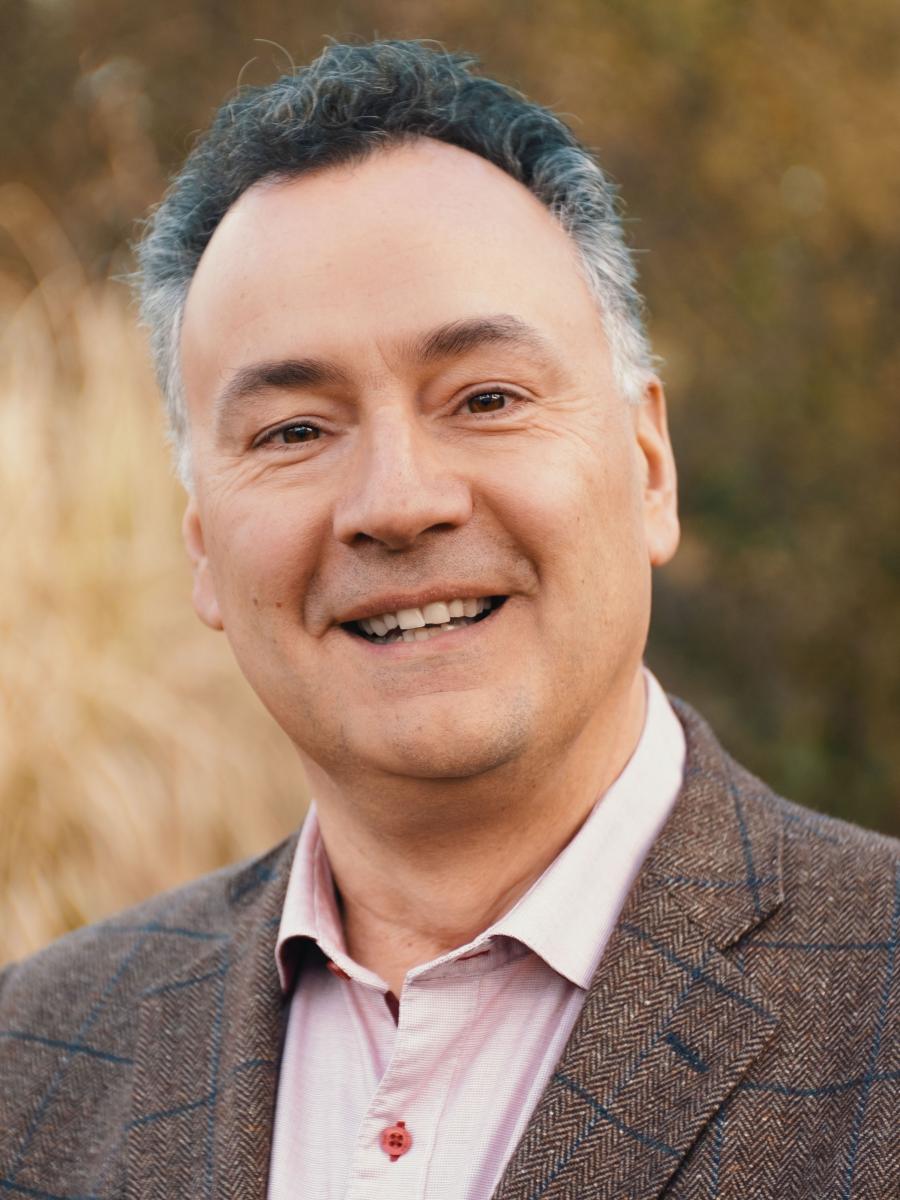 |
MRS Mid-Career Researcher Award
Thin Film Implants for Bioelectronic Medicine George Malliaras |
|
|
Bioelectronic medicine provides a new means of addressing disease via the electrical stimulation of tissues: Deep brain stimulation, for example, has shown exceptional promise in the treatment of neurological and neuropsychiatric disorders, while stimulation of peripheral nerves is being explored to treat autoimmune disorders. The implanted electrodes used in these devices are assembled by hand, using top down techniques that herald from (mechanical) watchmaking! Using the (bottom up) microfabrication techniques of microelectronics promises to revolutionise implantable devices, enabling exceptionally precise stimulation and minimally invasive thin film form factors. I will overview the state-of-the-art in the use of thin film implants and discuss the challenges that lie ahead on the road to deploying this technology to patients at scale. |
||
Thursday June 1 from 8:45 to 9:45
08:45 - Welcome Address by the Conference Organizers
08:50 - E-MRS 40th Anniversary ceremony - Gabriel Crean
09:00 - Presentation - E-MRS EU-40 Materials Prize
- Introduction - Francesco Priolo
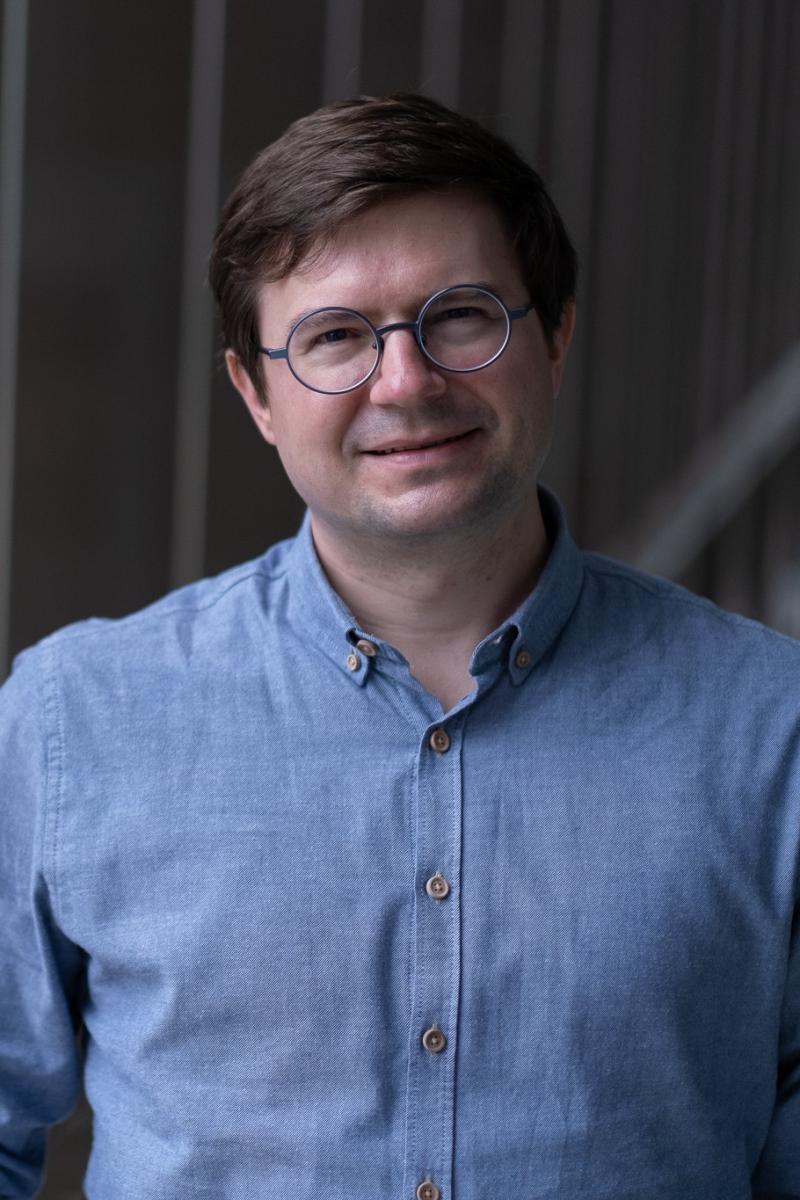 |
E-MRS EU-40 Materials Prize
Chemical Principles for Quantum Materials Discovery Fabian O. von Rohr |
|
|
The discovery of materials with tailored properties has, time and again, proven to be a crucial stimulus for technological advancement and, by implication, of societal progress. Quantum materials discovery, in particular, is widely considered to have a key role in the development of such next-generation technologies that will meet the urgent technological demands of our society. Our research aims at establishing a general experimental platform for realizing new quantum materials. In this presentation, I will discuss some of our recent results regarding the discovery and characterization of new quantum materials. This work is at the intersection of condensed-matter physics and materials synthesis, and as I will discuss here, a special emphasis on the combination of physical and chemical concepts is extremely important for developing these new quantum materials. |
||
09:30 - Introduction - V. Craciun
Masaharu Shiratani - University of Kyushu, Japan
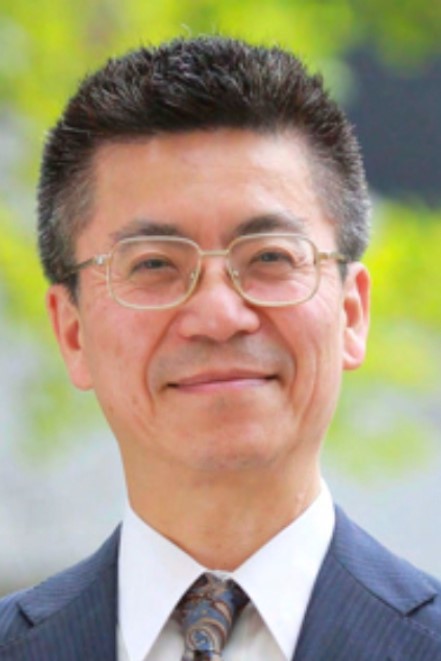 |
Expanding plasma technologies for sustainable world Masaharu Shiratani
|
|
|
Low temperature plasma realizes high temperature chemical reactions at low temperatures, because of its high electron temperature of 3 eV and low gas temperature. High energy electrons dissociate molecules into highly reactive radicals and ions impinging onto surface promote surface reactions even at low temperatures. Such advantages have been employed to semiconductor fabrications, surface protective and functional coatings, gas conversions, and so on. In recent years, low temperature plasma also opens emerging applications in medical, biological, and agricultural field. I will briefly discuss several directions of expanding plasma technologies for realizing sustainable world. They include key ideas for 1) tuning film properties, 2) plasma catalysis, 3) plasma agriculture. |
||
9:45: Presentation of the "Memorial Trophy" celebrating E-MRS 40th Anniversary
19-21, Boulevard Royal L-2914 Luxembourg Grand Duchy of Luxembourg
gabriel.crean@eco.etat.luKingston Lane Uxbridge UB8 3PH U.K.
ian.boyd@me.com409 Atomistilor, Magurele, Ilfov, Romania
valentin.craciun@inflpr.ro